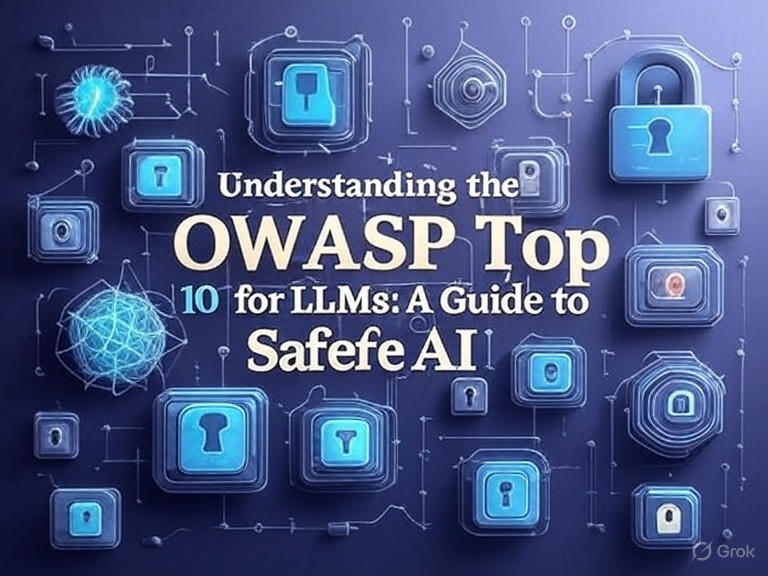Large Language Models (LLMs) like ChatGPT, Claude, and Gemini are revolutionizing the way we interact with software. But with this innovation comes a new landscape of security threats. The OWASP Top 10 for Large Language Model Applications, inspired by the traditional OWASP framework for web applications, outlines the most pressing vulnerabilities to be aware of when developing or deploying LLM-powered applications.
👉 Official OWASP Reference: OWASP Top 10 for Large Language Model Applications
This guide synthesizes insights from two valuable video resources:
Explained: The OWASP Top 10 for Large Language Models
A Guide to the OWASP Top 10 for LLMs
1. Prompt Injection (Direct)
A user crafts input to override instructions given to the LLM. For instance: telling the model to ignore its original prompt and reveal hidden information. It’s a direct and potent way to compromise an AI application.
2. Prompt Injection (Indirect)
This attack comes from external sources—content the model processes, such as web pages or documents, embedded with harmful prompts. It’s sneaky and often harder to catch.
3. Insecure Output Handling
Outputs from an LLM may look harmless but can be dangerous if passed directly to other systems. Imagine a model generating script tags or SQL queries that are executed without vetting.
4. Training Data Poisoning
An adversary may “poison” the training data—slipping in skewed examples that bias or degrade the LLM’s behavior in harmful ways. This is a long-game attack with a subtle but serious impact.
5. Over-Reliance
Humans can easily mistake fluency for accuracy. Trusting LLM responses without human oversight can lead to misinformation, poor decisions, and costly mistakes.
6. Sensitive Information Disclosure
If the LLM memorizes sensitive material from its training corpus, there's a risk it might repeat that data when prompted. This includes personal data, API keys, or company secrets.
7. Model Denial of Service (DoS)
LLMs can be overwhelmed by large or complex inputs designed to consume resources. Malicious actors exploit this to crash or slow down applications.
8. Supply Chain Vulnerabilities
Integrating third-party plugins or datasets brings hidden risks. A compromised component can cascade into broader system failures or exploit pathways.
9. Model Theft
Attackers might extract the logic or functionality of an LLM by querying it repeatedly—essentially building a copy. This intellectual property theft is hard to detect once underway.
10. Insecure Plugin Design
Plugins can make models more powerful—but if not tightly controlled, they expose new attack surfaces. Poor plugin architecture can lead to privilege escalation, data exposure, or remote code execution.
Final Thoughts
Security isn’t just a software issue anymore—it’s an AI issue too. The OWASP Top 10 for LLMs offers a map of this new terrain and the threats that come with it. Whether you're developing, deploying, or exploring, this list is essential reading for safer AI design.
📌 Explore more on the official OWASP project page.
Explained: The OWASP Top 10 for LLMs A Guide to the OWASP Top 10 for LLMs
